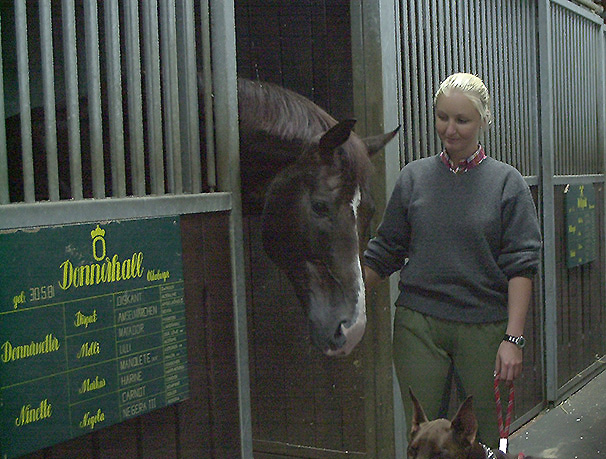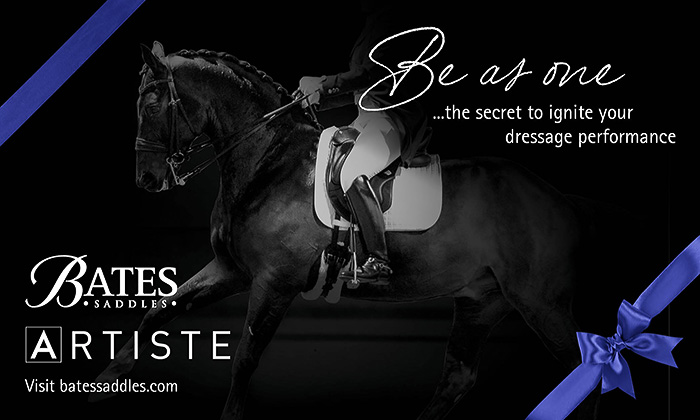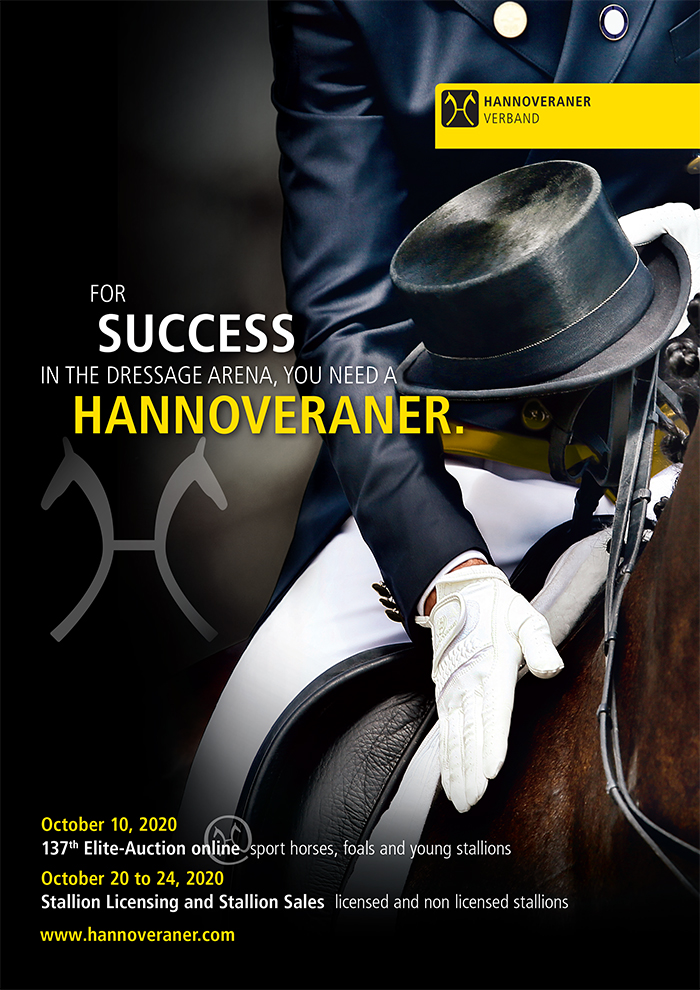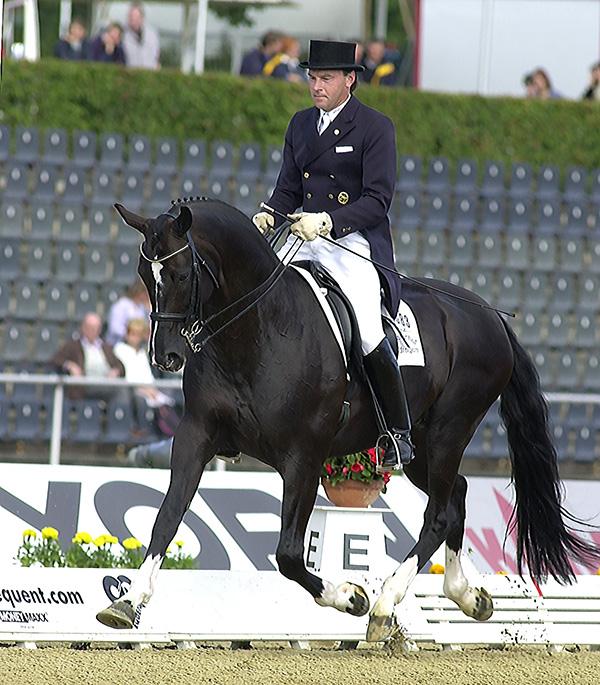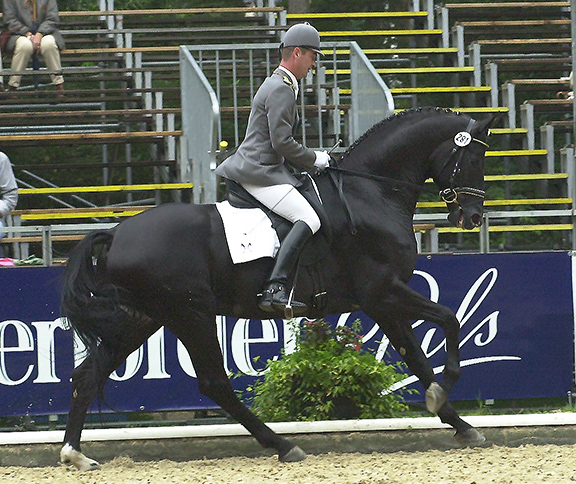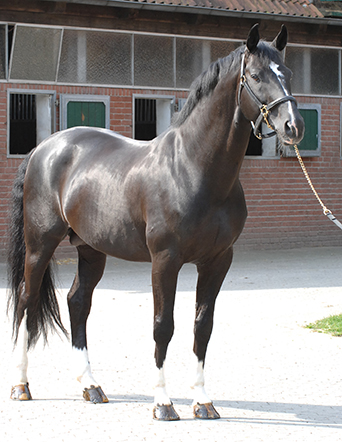Christopher Hector reviews the life and times of one of the greats…
File pix taken by the late Werner Ernst
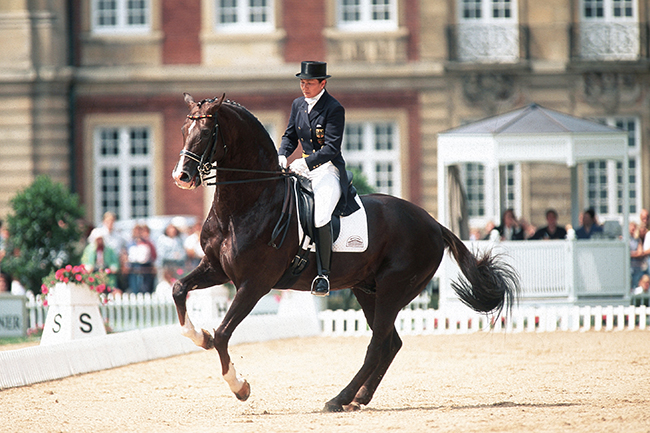
The great stallion was born in 1981 and died in 2006, but not before established a dynasty that continues to dominate international dressage. Donnerhall was the founding stallion at one of the first truly glamorous private studs – Grönwohldhof. It was a trend that was to strengthen and grow as the private studs that reflected the affluence and taste of their mega-rich owners mushroomed. Grönwohldhof with its mill pond and waterwheel, its beds of azaleas, and picture perfect paddocks with foals with neatly trimmed tails, set the standard.
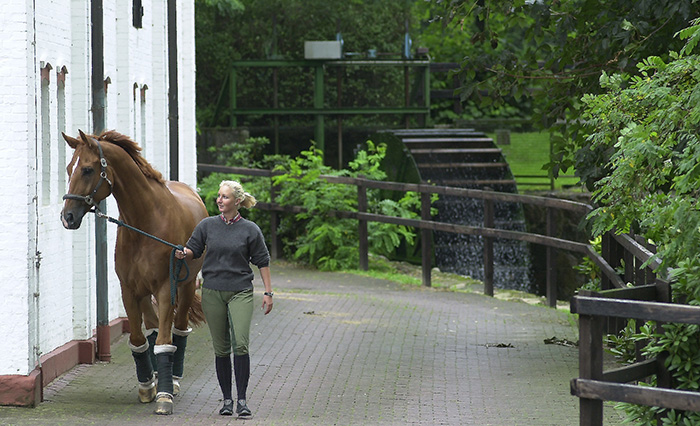
Long time resident at Grönwholdhof, Kristy Oatley walks her Olympic ride, Wallstreet past the historic watermill…
And visits an elderly Donnerhall in his box…
Sadly of recent years, many of those famed Oldenburg studs – including Grönwoldhof – have disappeared.
But beautiful as Grönwohldhof may have been, it was also brilliantly designed, and laid out so that the founder Otto Schulte-Frohlinde who was confined to a wheel chair, could observe all of the operations of the establishment via closed circuit vision in the central control room, from which the various wings of the main stud building fanned out.
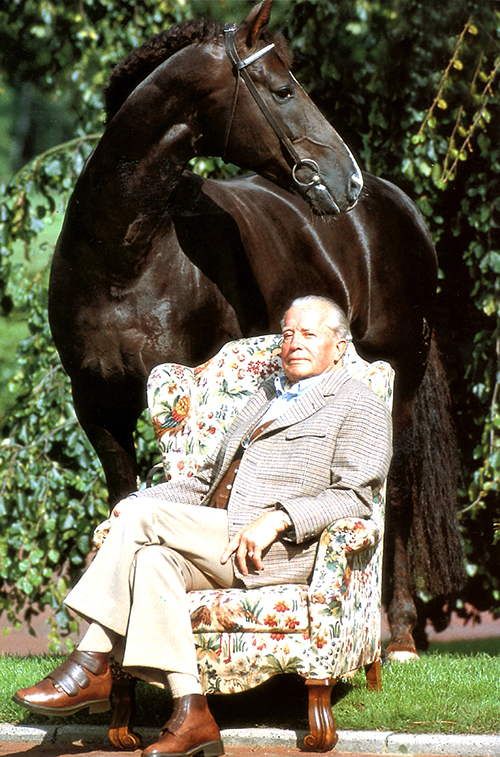
Otto Schulte-Frohlinde and Donnerhall
There was the round court at the centre, usually packed with the luxurious tack boxes of visiting teams, celebrity riders and the rich and hopeful. Off to one side, in the centre of the riding hall sat Herbert Rehbein, like some oriental pasha, surrounded by his followers, as he directed the activities of the dozen or so riders in the school at any one time.
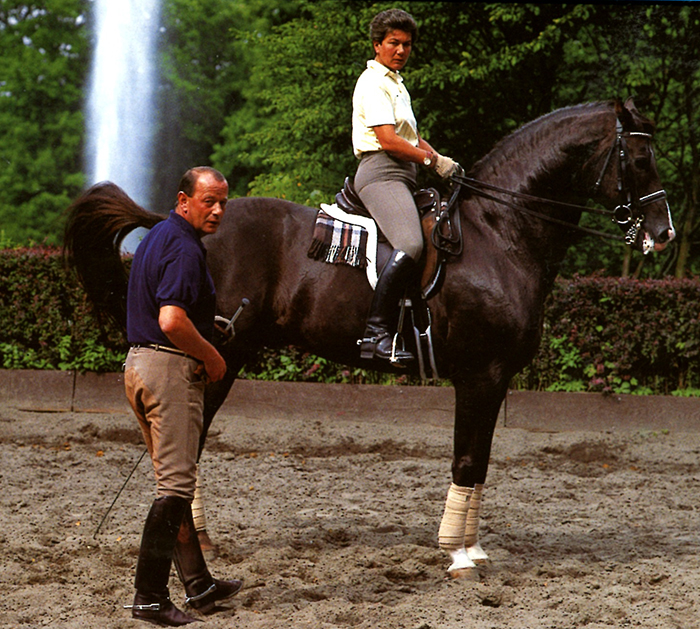
Herbert and Karin Rehbein, and Donnerhall
And what riders he produced! Riders like Martina Hannöver, Ingo Pape, Susan Draper (now Pape), Falk Rosenbauer, who came out of the stables themselves – and visitors from all over the world.
Although the Swedish Olympic competitor, Gaspari was the first of the modern stallions to combine stud and competition Donnerhall as an imposing presence on the competition scene, was a magnet for mare owners at a time when suddenly the breeders realised that there was a market for dressage horses and that they were easier to sell than jumpers. In the past dressage horses had largely been the ones that wouldn’t / couldn’t jump, now they were THE market, particuclarly in Hanover and Oldenburg as wealthy Americans flocked to Germany waving cheque books…
story continues below the advertisement
It must be admitted that Donnerhall hardly comes from a ‘good family’. Admittedly his sire, Donnerwetter disappeared into the wilds of the United States in the mid seventies, but while there were a couple of Donnerwetters ‘gracing’ the German dressage arenas, they were rather ugly, untalented creatures.
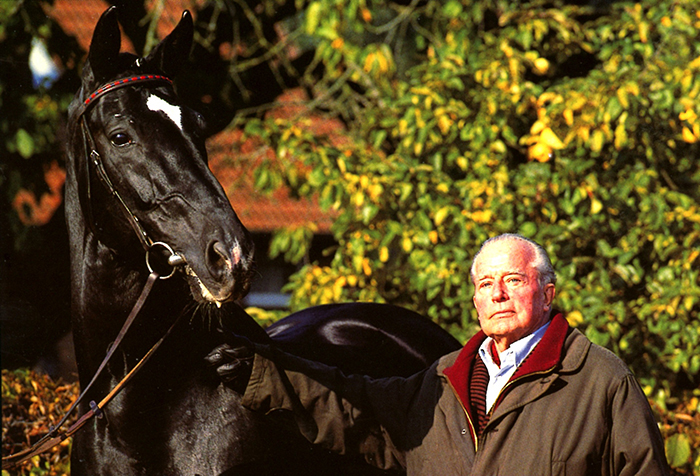
Donnerwetter
Even Donnerhall’s famous rider, Karin Rehbein in an interview I conducted in 2000, drew attention to the distance between Donnerhall and his siblings.
“Look at Donnerhall’s full-brothers, you couldn’t compare any of them to him. In appearance, in everything about him, the full brothers don’t come anywhere near Donnerhall. There were even two brothers who competed Grand Prix, but they were nothing compared to Donnerhall. They don’t even look the same, don’t move one little bit the same,” Karin told me.
Mrs Rehbein started riding the liver chestnut stallion when he was four years old. When she first got on the youngster she thought ‘this horse could be something’.
“He was always a good horse to train. Good in the head, he was always straightforward and learnt everything really quickly. He is still fantastic, he could still go out and win right now.”
To see Donnerhall compete was to marvel at the imposing power of the big stallion, but surprisingly, even though Mrs Rehbein is not very tall, and certainly not very big, the ride he gave her was ‘very good’.
“He was very soft. Sometimes you had to hold him a little bit through, but you have to do that with every horse.”
Donnerhall’s talent was apparent right from the start, and he scored 131.92 to be second in his performance test at Adelheidsdorf in 1984. Donnerhall’s competition career is the stuff of legend. He won many Grand Prix, Grand Prix Specials and Freestyles for Mrs Rehbein.

In 1994, Donnerhall was individual bronze medallist (and team gold medallist) at the 1994 World Championships at The Hague. Donnerhall won the European World Cup Freestyle League final standings twice, in 1997 and 1998. He retired from competition in 1998.
What Donnerhall seems to give to his offspring, is a trainability and a strength to handle the more collected work, even if their natural paces are not so spectacular. It would seem that the mix of Donnerhall and a large drop of ‘blood’ (Thoroughbred that is) in the dam is more likely to produce competition horses.
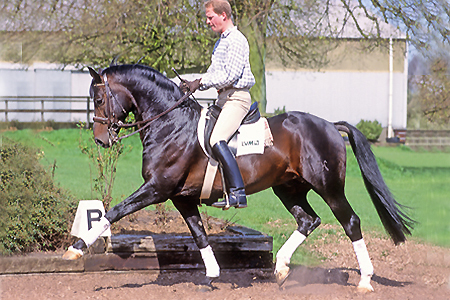
Davignon and Ingo Pape
Donnerhall’s son Davignon was out of a Pik Bube mare as was another of the early sons to shine, Don Primero, again out of a Pik Bube mother.
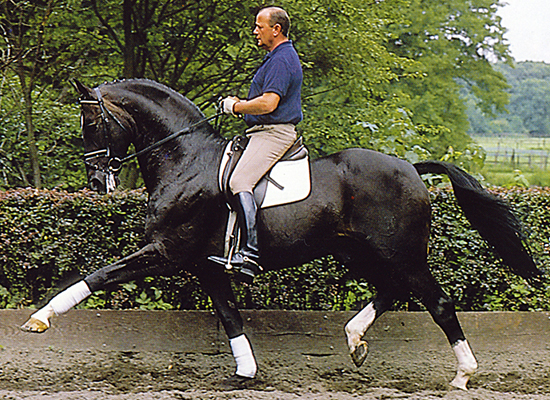
Pik Bube and Herbert Rehbein
Pik Bube was by Pik König, a half blood by Pik As xx, and there is more Thoroughbred on the dam line with a cross of Der Löwe xx.
story continues below the advertisement
The man who discovered, De Niro, Donnerhall’s number one son, Burkhard Wahler, questions the prevailing wisdom:
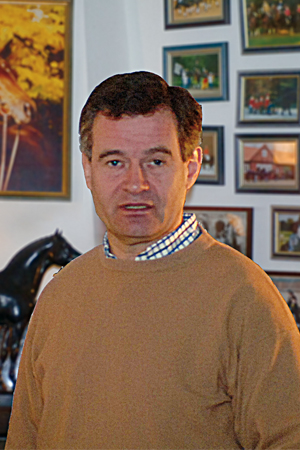
“I love to buy the Donnerhall blood but I don’t like the very popular Donnerhall / Pik Bube cross – very heavy big horses, and I didn’t like that so much because I am from the other side, from the Trakehner side and I like more an elegant horse. I really liked De Niro, because he was out of a mare with Wiesenbaum / Akzent breeding. Akzent is through Absatz, Trakehner, Wiesenbaum is from Thoroughbred – so in my opinion, this was a very interesting bloodline.”
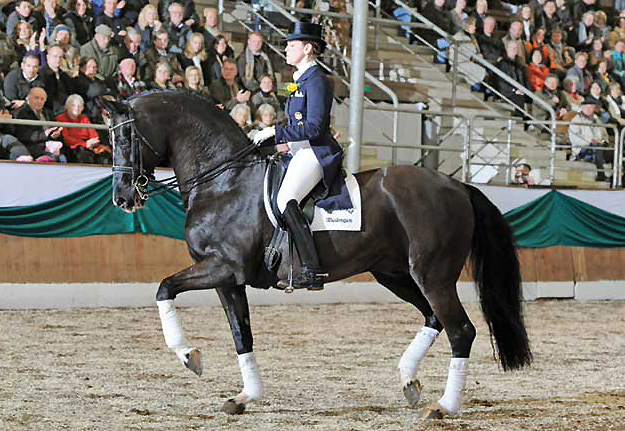
De Niro and Therese Wahler
Jan Tönjes who before he became editor of St Georg magazine, worked with the Oldenburg Verband, has a different explanation, finding his answer in the heritage of the coach horses that disappeared in the creation of the modern sport horse.
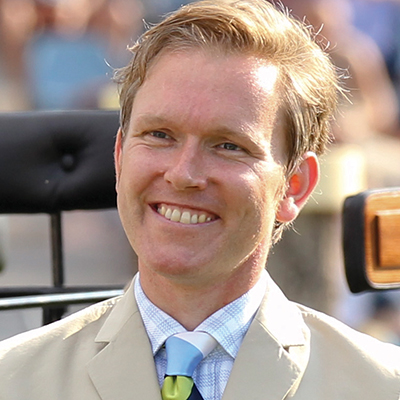
Why Donnerhall became such a dominating force? How? His dad really only made one horse, his full brothers were duds…
“It has in my opinion, two reasons. First of all, and it is in the breeding, he is a very solid type of horse, with this third dam still belonging to the old Oldenburg Coach type. When he was certified, even then, people thought he was not the modern type. He had a bit a head, but always loads of expression in his eye, his croup was not the ideal but these coach horses were two things: they were eager to work every day, they had a super attitude, which always helps, rideability is always something you would associate with ‘D’ rather than ‘W’. Plus, they had to stay sound conformation-wise. I can’t say that Donnerhalls are the soundest horses in the world but look at some of the other lines – you buy them and then you keep them doing the job but not too much, with the Donnerhalls you can ride them, they are tough guys, and again, maybe you don’t need to train them as much as the others, so they don’t have the mileage with helps their soundness again. These are the two things that I think make the Donnerhall line the complete package.”
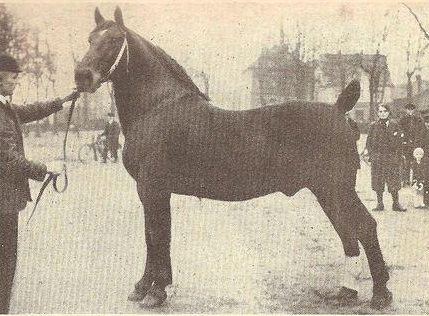
Gruson born in 1917. Donnerhall has six crosses of the stallion…
1997 saw the first of the Donnerhall grandsons to star at the Bundeschampionate, with the gelding Duvalier (by Davignon out of a Bolero mare) winning the 5 year old dressage title – while the following year, this class was won by the black Donnerhall son, Del Piero (out of a Matcho AA mare).
The Donnerhall son, De Niro (out of a Akzent II mare) started competing at Grand Prix level at the tender age of seven. He was never a Grand Prix star, but in later life acted as a wonderful school-master for Burkhard’s daughter, Therese, and of all the sons, De Niro has been the most successful sire.
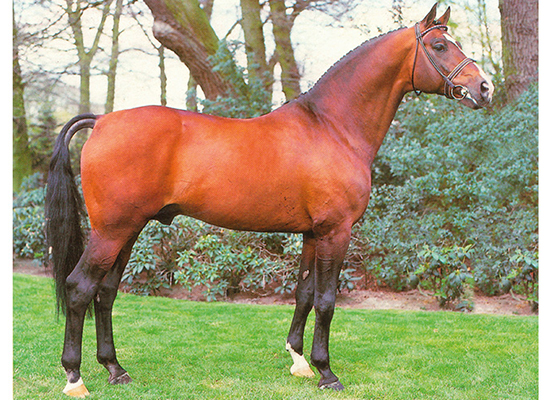
Akzent II – De Niro’s dam sire
De Niro was number 1 on the 2013 WBFSH dressage stallions rankings, but on the 2014 standings he dropped to 2nd place, with 25 horses adding to his total points. In 2015 he was back where he belonged, number one with 29 representatives. The first five were all genuine international stars: Desperados, Delgado, d’Agostino, Glock’s Voice and Dablino.
On the 2016 WBFSH standings he was once again in first place. I asked Hanoverian breeding expert, Ludwig Christmann what made De Niro such an exceptional sire:
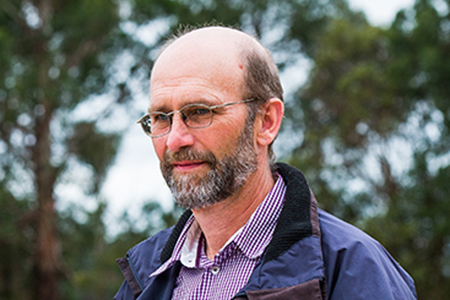
“I think you should probably talk to the riders and trainers, I think it is the minds that they like. When I talk to Mr Sprehe about Desperados and he says the horse is always fit, even if it is 35 degrees like in Rio, he always does his job. They have the talent for collection and the higher movements, but it is the mind that makes them so special.”
On the 2017 WBFSH standings, De Niro was the number one dressage stallion, with 27 representatives winning points for him. Four horses accumulated more that 2000 points in the year: Supa Nova II (Weltmeyer), Glock’s Voice (Rohdiamant), D’Agostino (Shogun xx) and Dablino FRH (Wanderbursch). De Niro is once again in first place on the 2018 WBFSH dressage stallion rankings, but in 2019, dropped to fourth.
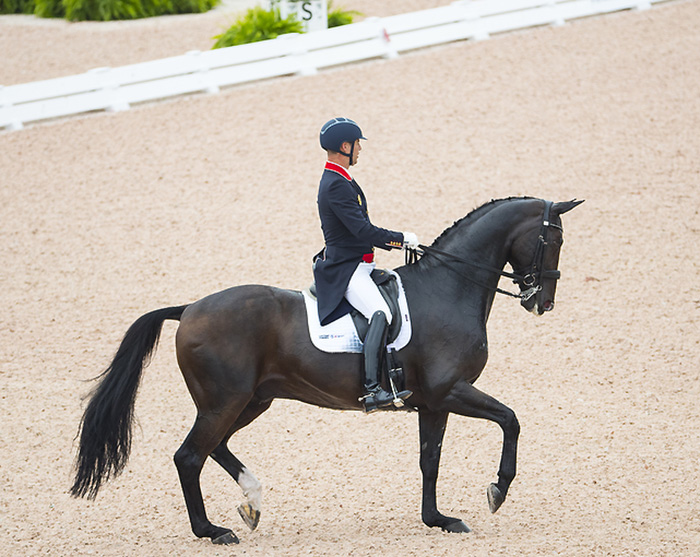
Supa Nova
One thing that sets Donnerhall apart from both Weltmeyer and Rubinstein, is his ability to sire successful stallions sons who in turn produce successful stallion sons.
One of the most striking examples of this is Desperados FRH who was born on 2 June 2001 and sadly, he died in February 2020 but not before he achieved greatness with German team member, Kristina Bröring-Sprehe. By De Niro, Desperados was out of a mare by the best son of Weltmeyer, Wolkenstein II, out of a mare by the French Anglo Arab, Matcho, which perhaps accounts for his lovely black coat.
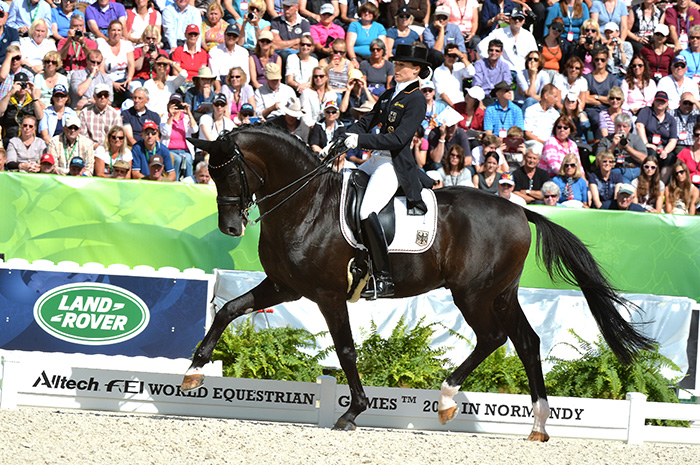
Desperados
Like so many great stallions, Desperados was rejected at the Hanoverian stallion licensing, before becoming the most expensive, non-licensed stallion at auction and sold to Gestüt Sprehe – the stud in owned by Kristina’s father and uncle.
Desperados went on to win the 2004 Bundeschampionate as a 3-year old and got bronze at the 2005 Bunderschampionate. Trained and competed by Falk Rosenbauer, he moved up to Grand Prix level and won the 2010 Hamburg Dressage Derby. In 2011 Kristina Sprehe took over the ride and they became the Otto Lorke Prize recipients. They won medals at the 2012 London Olympics, 2014 World Equestrian Games and 2013 and 2015 European Championships.
In the 2020 Hanoverian stallion book, we see that Desperados’ own winnings amounted to €590,149, with 343 progeny in competition for winnings of €226,932. Ffity three have already competed at S level dressage.
And there may be more to come, the Desperados FRH progeny with the most winnings so far is the young stallion, Destiny OLD, who is already a successful Small Tour competitior with Kristina. Destiny is out of a Sandro Hit / Argentinus mare.
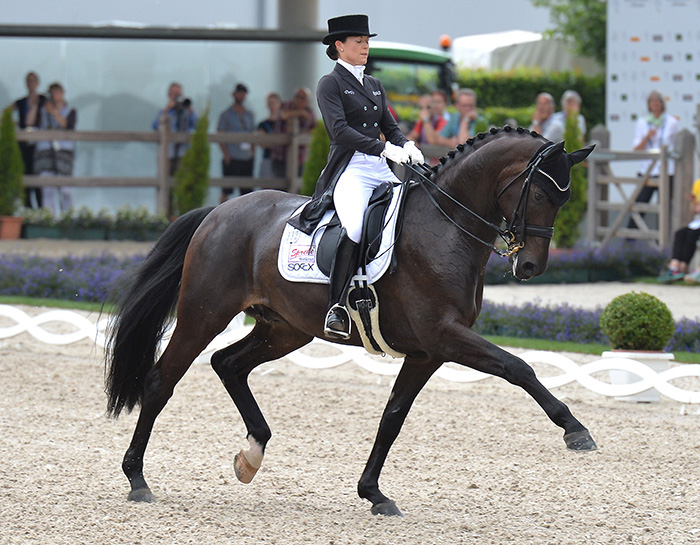
Destiny and Kristina at Aachen
Another enormously successful competitor son of Donnerhall has been Damon Hill (out of a Rubinstein mare). Twice a world champion young horse with Ingrid Klimke and Helen Langehanenberg, he went on to star at Grand Prix with Helen – fourth individual at the London Games 2012, World Cup champion in 2013, and second individual at the 2014 WEG. As a sire he seems to have produced many good young horses competitors, but has yet to sire a top competitor in the ‘big’ sport.
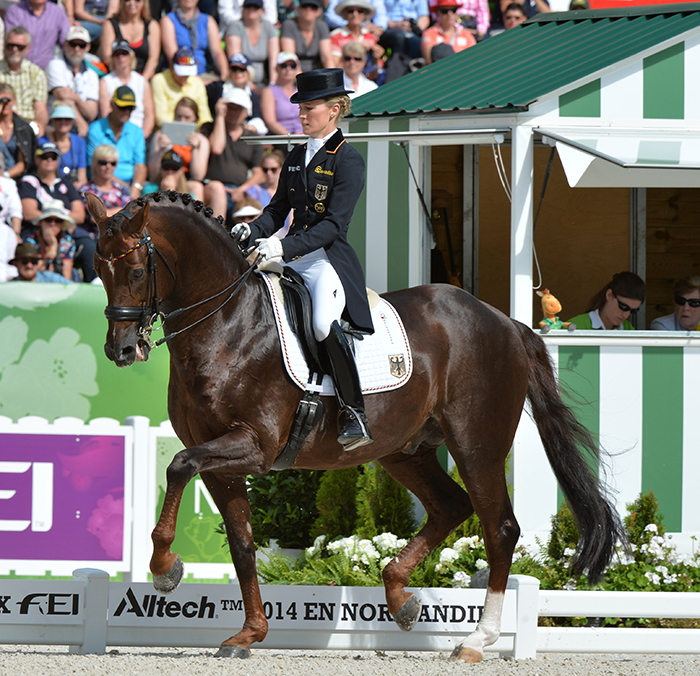
Damon Hill
Don Schufro is another out of a Pik Bube mare, Fiesta (whose full-sister was the dam of Don Primero). As a competitor he was a respectable Grand Prix competitor but not as successful as Damon Hill, but he has been more successful as a sire. His most successful product is Isabell Werth’s superstar, Weihegold. Luckily it was not discovered that Don Schufro carried the WFFS gene, until he was old and retired from breeding.
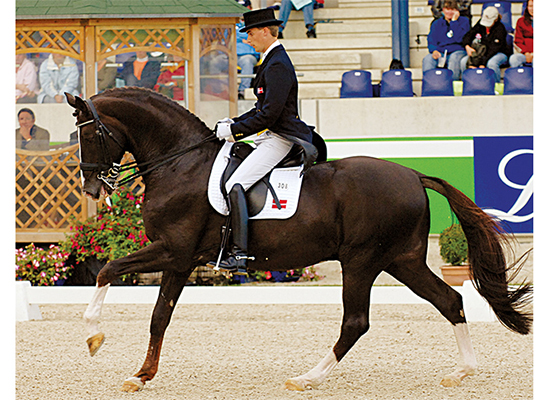
Don Schufro
Another valuable son, Don Frederico also tested positive, leading to the suggestion that Donnerhall himself was a carrier. Lucky then that Donnerhall had his chance long before the World Wide Facebook Freakout Syndrome arrived to destroy his breeding career….
The recently deceased Don Frederico, another valuable Donnerhall son for the Hanoverian Verband
The 2011 Hanoverian Stallion book (the last in which he appears) records that Donnerhall has had 998 competitors, 840 dressage competitors (226 at advanced level) – and even 97 in the jumping ring – for total prizemoney of €2,137,490. Far and away the most successful of these progeny has been the mare, Donatha S, who won €174,242 followed by Don Schufro with winnings of €109,257. At that point, there were 40 horses with dressage winnings of more than €10,000.
Donnerhall had an FN dressage ranking of 150, jumping, 77. His Hanoverian ranking was 158 for dressage and 75 for jumping. He was the sire of 50(!) licensed sons at that stage.
Donnerhall was ranked number fifth on the WBFSH rankings for 2013 based on FEI recorded performances, with most of his points earned by three of the world’s top ten – Damon Hill, Donnperignon and Digby – with one son, De Niro, ranked number one, and another, Don Schufro, in sixth place.
The ‘D’ line horses were out in strength at the London Olympic Games. By Donnerhall himself, there were three, Donnperignon, Damon Hill and Digby. De Niro provided Dablino, Donnerfee and Desperados, then we have D’Niro (by D-Day), Diva Royal (by Don Frederico), Don Auriello (by Don Davidoff), Dorina (by Don Schufro).
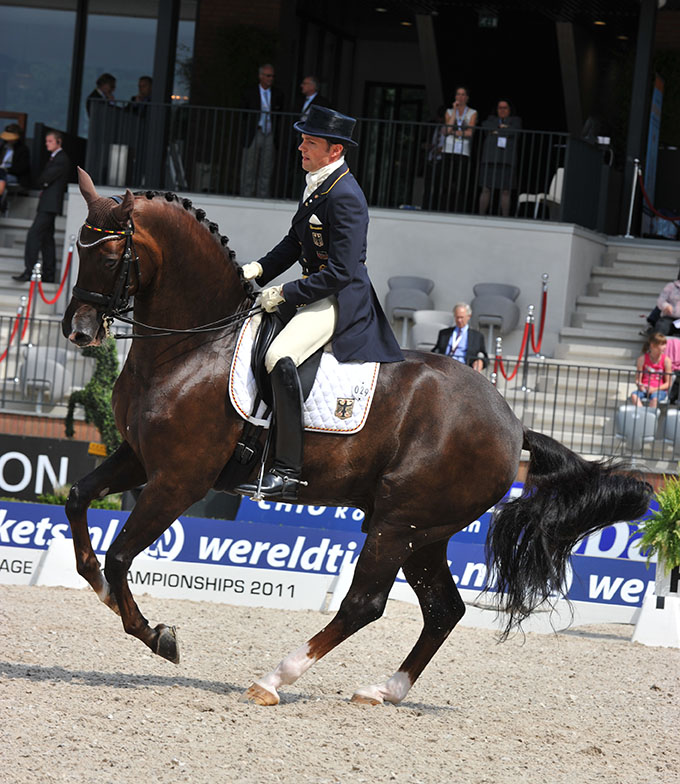
Donnperignon
Looking at the start list for the dressage at the 2014 WEG in Normandy, Donnerhall was once again the dominating influence. He, himself, was represented by four competitors, a total only matched by his son, De Niro. Donnerhall was further represented by two sons, Donnerschlag and Don Cardinale. Another son, Don Gregory was represented by two of his sons, Don Davidhoff and Don Ruto. De Niro’s son, Danone I was also the sire of one competitor. That’s thirteen D-liners out of 103, almost 13%.
In the Freestyle, the percentage of D’s rose to 46.66 (7 out of 15). Three by the grand old man himself, the rest by four of his sons.
At our last major international competition, the WEG of 2018, the top 12 in the Special,was dominated by the Donnerhall, ‘D’ line with five representatives in the Special (the only individual competition we got to see with the cancellation of the Kür), and once again De Niro was the most influential Donnerhall son, with two of his own, and one by his son Danone (Weltmeyer).
The Don Schufro (Donnerhall / Pik Bube) son, Diamond Hit is out of the Ramino mare, Loretta, prima mare in the Paul Schockemöhle band. Loretta is also the dam of Sandro Hit. At a time when Sandro Hit was wildly popular and Diamond Hit somewhat ignored, Mr Schockemöhle told me that he thought Diamond Hit was the best son of the mare, time would seem to be proving him right.
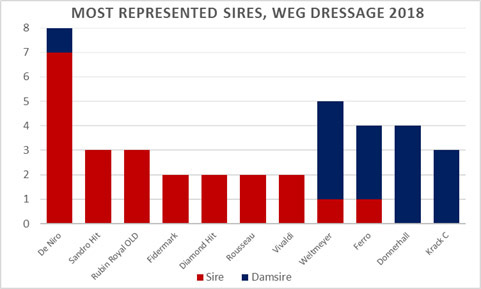
At one stage, dressage breeding was billed as a battle of the big three: Rubinstein, Weltmeyer and Donnerall with passionate advocates rallying behind ‘their’ champion. Indeed it has been suggested that the reason Hanover took so long to introduce the D line into their stallion ranks (remembering that at the time, Dr Bade as the head of the state stud Celle, had first choice of the licensed colts, and passed on De Niro) was that Dr Bade did not want to promote a ‘foreign’ (ie. Oldenburg) stallion. Since then the W and R stars have waned, while all the while, quietly in the background, Florestan was continuing an F line that may in time supercede the D – but that will be the subject of our next breeding tribute.
Donnerhall we salute you…
Want to make use of that wonderful D blood? International Horse Breeders have frozen semen from a great selection of ‘D’ line stallions HERE
Including De Niro

